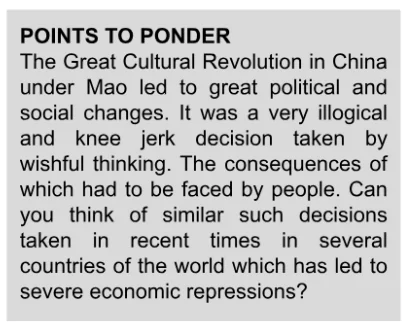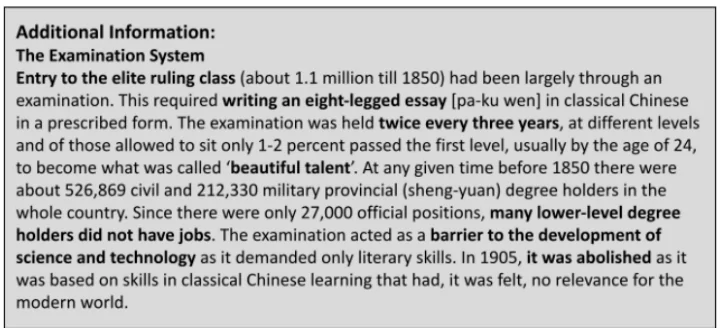![]() 19 Jul 2024
19 Jul 2024
The modern history of China has been characterized by efforts to regain sovereignty, end foreign occupation, and achieve equality and development. Chinese debates involved three main groups: Early reformers who tried to adapt traditional ideas to confront Western challenges, Republican revolutionaries influenced by Japanese and Western ideas, and The Communist Party of China (CCP) aimed at ending age-old inequalities and foreign influence.
Jesuit Missionaries: China’s modernization began with its early encounters with the West in the 16th and 17th centuries through Jesuit missionaries introducing Western sciences.
 This conflict weakened the Qing dynasty and fueled calls for reform.
This conflict weakened the Qing dynasty and fueled calls for reform. | THE OPIUM TRADE
The demand for Chinese goods such as tea, silk and porcelain created a serious balance-of-trade problem. Western goods did not find a market in China, so payment had to be in silver. The East India Company found a new option – opium, which grew in India. They sold the opium in China and gave the silver that they earned to company agents in Canton in return for letters of credit. The Company used the silver to buy tea, silk and porcelain to sell in Britain. This was the ‘triangular trade’ between Britain, India and China. |

Sun Yat-sen and the Birth of Modern China: In 1911, the Manchu empire in China was overthrown, and a republic was established under the leadership of Sun Yat-sen, who is often regarded as the founder of modern China.
|
Shanghai in 1935
|
| Must Read | |
| Current Affairs | Editorial Analysis |
| Upsc Notes | Upsc Blogs |
| NCERT Notes | Free Main Answer Writing |
China’s journey to modernity involved significant social, political, and economic transformations. From the overthrow of the Manchu dynasty to the rise of the Guomindang and the Communist Party, China navigated through foreign oppression, internal conflicts, and profound societal changes, laying the groundwork for its contemporary development.
| Related Articles | |
| India’s Republic Day 2024 | BRITISH POLICY IN INDIA |
| GOVERNANCE IN INDIA | Mahatma Gandhi |
<div class="new-fform">
</div>